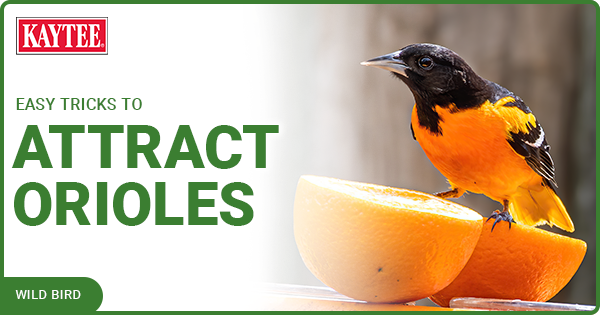Wild Bird: Understanding Colorful Birds
Wild birds come in a rainbow of colors. Why is that, and why are male birds often brighter than female birds? Understanding colorful birds can help birders better appreciate bird diversity, identify birds by color, and enjoy every colorful bird they see at their feeders or any birding hotspot.
What Color Are Birds?
It is no exaggeration that birds come in every shade in the rainbow, from yellow, red, and orange to blue, purple, pink, green, and even iridescent, metallic shades. The most common bird colors, however, are neutral shades such as brown, tan, beige, white, gray, and black. These colors help birds blend in and stay camouflaged from predators. Brighter colors, however, show off a bird's strength and health, and can warn intruders that the bird is strong and alert. Bold colors can also be a warning when the colors are flashed in flight or aggressive displays, or may help attract mates by showing a bird's good genes and sexual maturity. Bright colors are also more common in tropical birds. Birds in tropical habitats are surrounded by bold flowers and bright foliage year-round, making brighter feathers good camouflage in these colorful habitats.
Why Male Birds Are More Colorful
Many bird species are dimorphic, which means male and female birds are very visually different. For many songbirds, ducks, and hummingbirds, males are typically brighter and more boldly colored than females. This flashiness helps males show how desirable they are as mates, because they have good nutrition to grow and maintain such colorful feathers. Furthermore, a brightly colored male is also strong and savvy enough to evade predators, despite his eye-catching feathers. Female birds, on the other hand, often show more muted colors and neutral tones that help camouflage them while nesting. Some of the most vibrant examples of dimorphic, colorful birds include:
Northern Cardinal– The male northern cardinal with his allover bright red feathers, black mask, and jaunty crest is instantly recognizable. Females are duller tan with a red tinge on the crest, wings, and tail.
American Goldfinch – The bright lemon yellow of male goldfinches has earned them the nickname wild canary, and their bold color is accented with a black forehead, wings, and tail. Females are dull olive-yellow with a gray wash on the back and head.
Baltimore Oriole – Male Baltimore orioles have a black hood, back, and wings that contrast with bright orange underparts and white wing bars. Females, however, are olive-gray tinged with orange or yellow-orange on the breast and belly.
Wood Duck – Male wood ducks truly look like painted carvings with their chestnut breast, glossy green head, tan flanks, and blue-purple wings all separated by distinct white lines. Females are mottled graybrown with white teardrops around their eyes.
Ruby-Throated Hummingbird – Named for the male's jewel-toned throat, both male and female ruby-throated hummingbirds have shimmery green upperparts and white bellies. Females, however, lack any hint of red on the throat.
Painted Bunting – The most rainbow-colored bird in North America, the male painted bunting, has a bold red throat, chest, and belly, bright green back, and vibrant blue head. Females are plainer with lemon lime green coloration overall that is paler on the underparts.
Bird Identification by Color
Not only can color help identify birds, such as the bright yellow of the yellow warbler or the bold red of the scarlet tanager, but when males and females have different coloration, birders can often tell a bird's sex based on its color. This is more challenging in fall and winter, however, when male birds often molt into drab coloration to stay camouflaged in the non-breeding season. As spring arrives, the birds will molt again and males will once more be wearing their dramatic feathers to entice mates.
To identify colorful birds, look for different patches of color and contrast, especially on the head, face, breast, flanks, and rump. Note different shades and how bold the color is, or if it appears to be more of a wash or tinge. Also note the shape and size of different markings, and how crisp, ragged, or blurred the edges of different color patches may be.
By learning more about bird colors and how males and females have different coloration, birders can see even more diversity and uniqueness in the rainbow of birds they enjoy.
Sources:
Fernbank Science Center – Common plumage colors, Common Colors
Effie Yeaw Nature Center – Sexual dimorphism in birds, Dimorphism
Examples of colorful birds (found in any field guide – these are some online options): The Cornell Lab of Ornithology, Birds
Birds of North America Online, Birds of North America
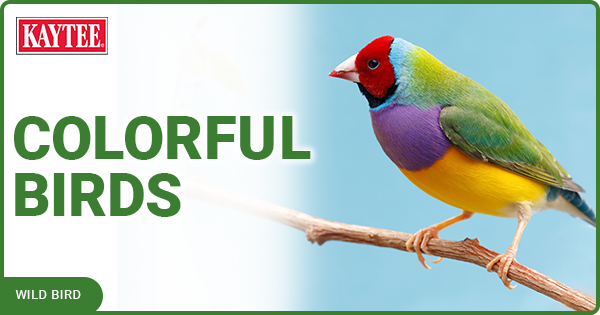
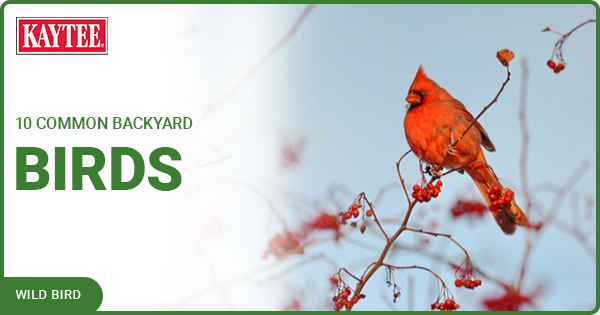
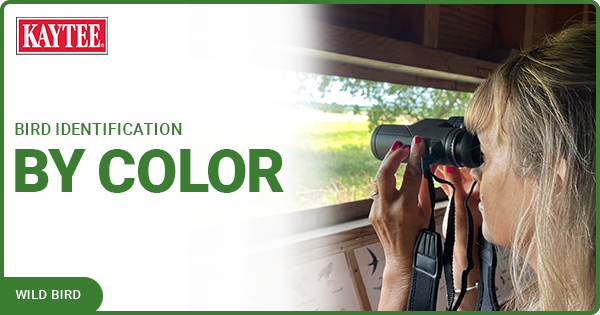
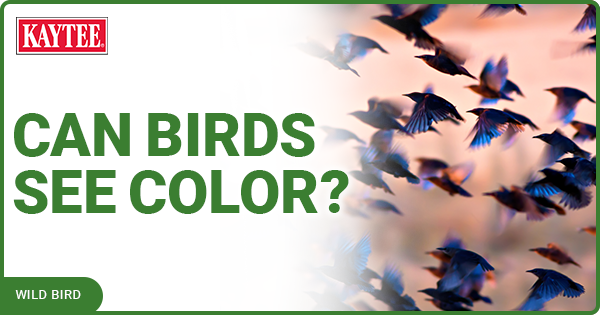


.png?h=315&iar=0&w=600&hash=9C09A701CB4D5CF9B2C5B7FA2DA01F2E)



